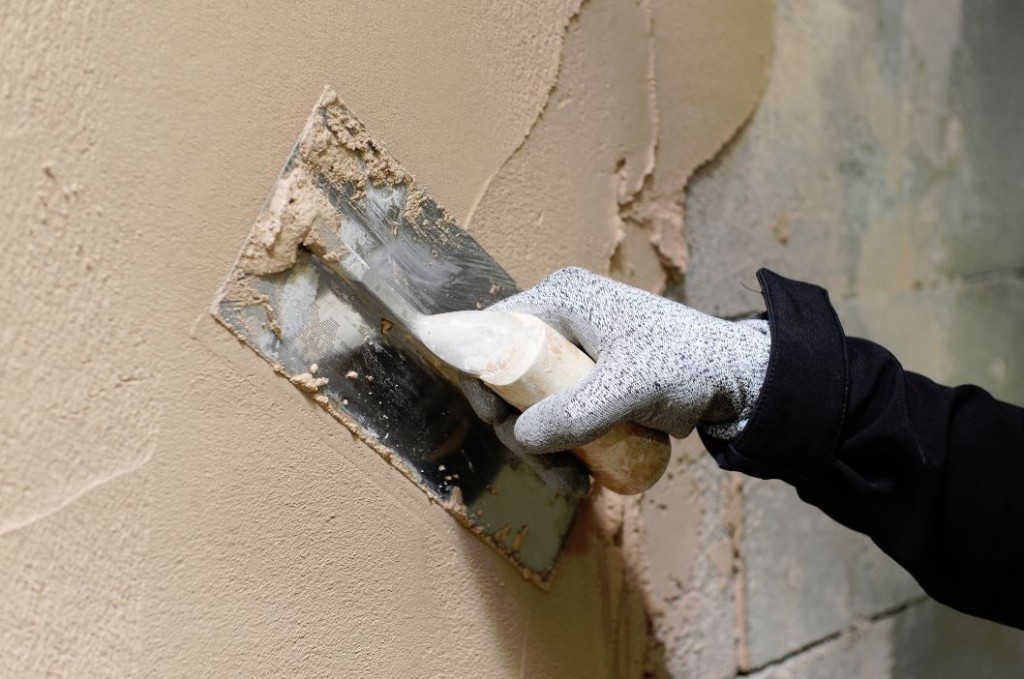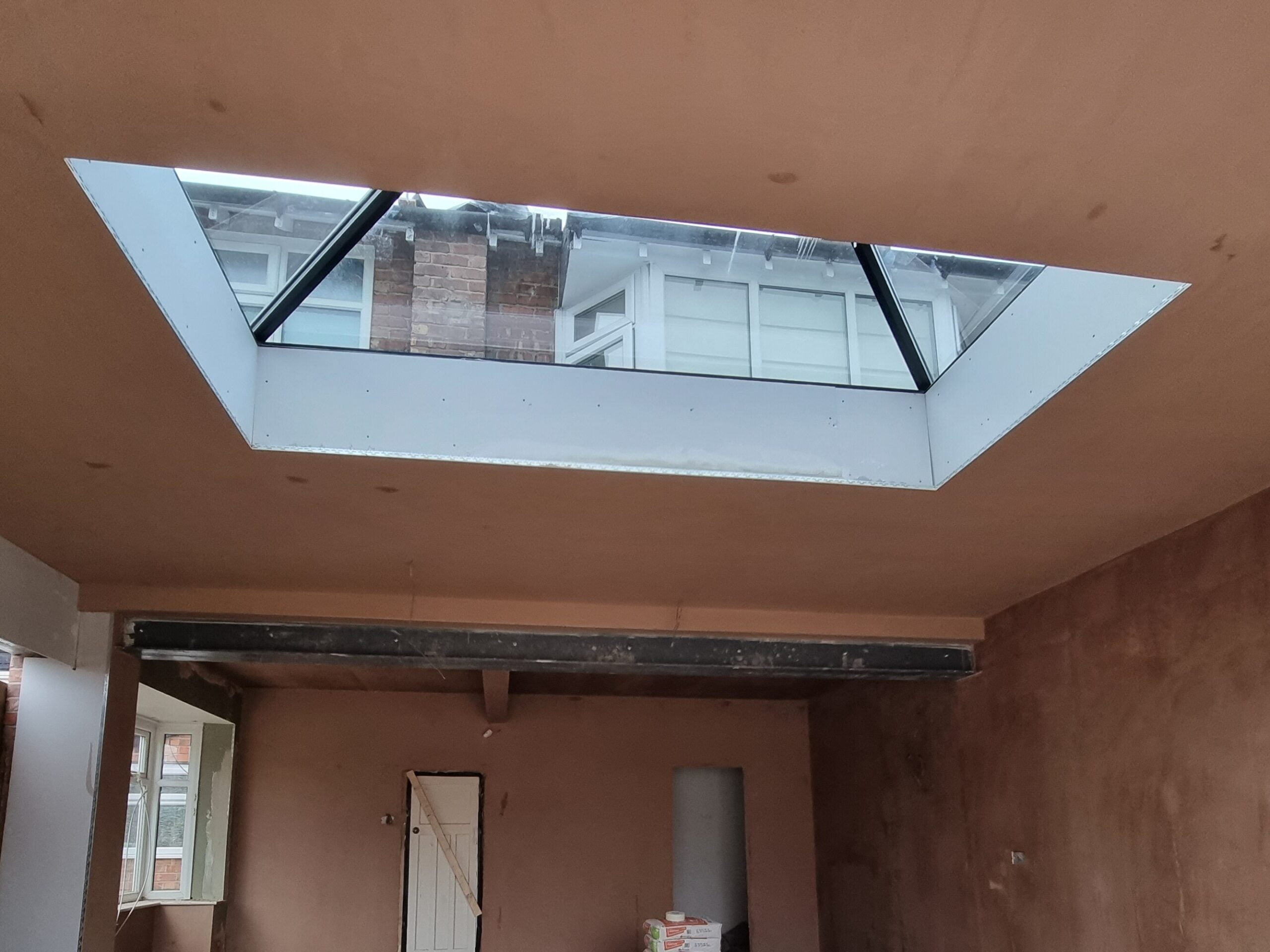Plastering Made Simple: Step-by-Step Guide for Beginners
Wiki Article
A Comprehensive Overview to Mastering Plastering Skills for Your Renovation Demands

Vital Tools and Materials
In the realm of plastering, having the right tools and products is critical to achieving a perfect coating. Different essential tools offer unique objectives, making certain performance and precision throughout the plastering procedure. A top notch trowel, for circumstances, is vital for smoothing and using plaster, while a hawk offers a stable platform for holding the product. A joint blade is likewise vital for in-depth job, particularly in edges and edges.Along with devices, picking the right plastering materials is vital. Gypsum-based plasters are frequently liked for their adaptability and simplicity of usage, while cement-based options are suitable for outside applications as a result of their durability. Water and bonding agents play significant functions in accomplishing appropriate uniformity and bond, making sure that the plaster sticks properly to the surface.
Moreover, safety equipment such as gloves, safety glasses, and masks is necessary to safeguard against dirt and irritation during the application process. By putting together the right combination of products and tools, plasterers can boost their capability and generate premium surfaces, inevitably boosting the total craftsmanship of their work.
Preparing Surfaces for Smudging
Achieving a durable and smooth plaster surface begins with meticulous prep work of the surfaces to be glued. This fundamental step is important to making certain adhesion and the durability of the plaster. Beginning by examining the condition of the substratum-- whether it is concrete, masonry, or drywall-- removing any loose paint, dust, or debris that may hinder bonding.Following, fix any flaws such as openings or fractures. Use an appropriate filler to attain a degree surface; this can be vital for avoiding future concerns. Once repaired, make certain the surface is completely dry and clean, as moisture can compromise plaster adherence.
For porous surface areas, it is recommended to use a bonding agent. This item improves attachment and produces a reliable user interface in between the plaster and substratum. If dealing with formerly plastered surface areas, it might be needed to mess up or sand the location gently to provide a trick for the brand-new plaster layer.
Gluing Methods and Tips
Understanding smudging techniques calls for both ability and technique to accomplish a flawless finish. One necessary technique is the application of the plaster in several slim layers, instead than a solitary thick coat. This approach enables much better adhesion and reduces the threat of breaking. Start with a skim coat, guaranteeing it is equally spread and leveled with a hawk and trowel. Use a straightedge to inspect for any type of imperfections prior to proceeding to subsequent layers.When applying the surface layer, employ a troweling technique that involves holding the trowel at a minor angle and operating in a circular activity. This aids to create a smooth surface and minimizes the look of trowel marks. Additionally, maintain a spray bottle of water useful to haze the surface lightly; this keeps the plaster convenient and permits smoother ending up.
Timing is important; job effectively, as the plaster begins to establish. When the plaster has tightened yet is still damp, utilize a moist sponge to delicately smooth the surface area further. Lastly, permit sufficient drying out time before sanding or painting, guaranteeing your effort results in a professional, premium surface.
Usual Mistakes to Prevent

Another common mistake is applying have a peek at this website plaster also heavily. Overzealous applications can result in splitting and long term drying times. It's necessary to use plaster in slim, also layers, enabling each coat to dry properly prior to adding a lot more.
In addition, not using the right tools can prevent the quality of the coating. Utilizing unacceptable trowels or mixers can produce incongruities in the smudging procedure. Constantly select premium devices created for plastering jobs.
Finally, several individuals undervalue the value of timing. Operating in unsuitable temperature levels or moisture levels can adversely influence plaster drying out and curing. It is suggested to check climate condition and adapt your schedule accordingly.
Finishing Touches for a Professional Look
The final stages of a plastering task are critical for attaining a sleek, expert appearance. As soon as the plaster has actually dried completely, the next step is to evaluate the surface area for imperfections. Minor bumps, openings, or irregular areas should be attended to using fine sandpaper or a fining sand block. This meticulous focus to detail is important for making sure a smooth coating.After fining sand, it's advisable to clean up the surface area to eliminate any type of dirt and debris. A wet cloth works for this function, complied with by a detailed drying duration. If needed, applying a thin layer of finishing plaster can improve the surface even more, offering a smooth finish.
When the completing plaster is completely dry, one more round of fining sand may be needed to attain the preferred smoothness. Finally, consider using a guide before paint or wallpapering, which will certainly improve attachment and durability.
Conclusion
Grasping smudging abilities dramatically enhances the top quality of improvement jobs. A complete understanding of essential devices, surface area prep work, and reliable strategies is vital for accomplishing specialist outcomes.Water and bonding representatives play considerable roles in achieving correct consistency and bond, ensuring that the plaster sticks efficiently to the surface. Plastering.


Furthermore, maintain a spray bottle of water helpful to mist the surface gently; this keeps the plaster practical and permits for smoother completing. (Plastering)
If essential, applying a thin layer of ending up plaster can boost the surface area additionally, providing a seamless surface.
Report this wiki page